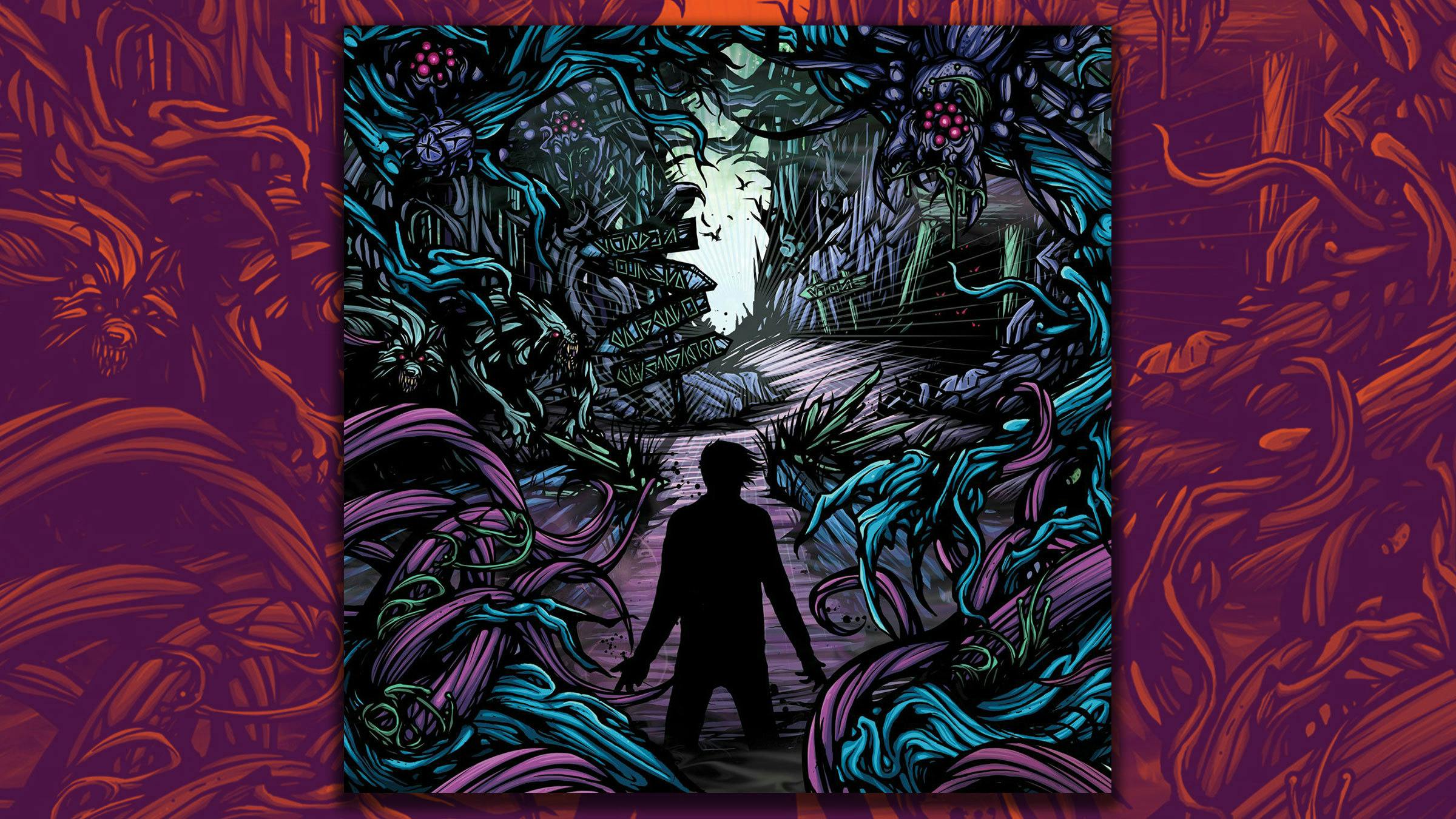Mashing genres became a ubiquitous technique across all forms of music throughout the 2010s, so it can be difficult to remember just how unusual ADTR were at the time. In the early ’00s, bands like Silverstein, Underoath, As I Lay Dying, and Atreyu were merging late-’90s metalcore with the mall screamo of bands like The Used, Senses Fail, Taking Back Sunday and AFI. At the same time, the likes of All That Remains, Killswitch Engage, Avenged Sevenfold and Bullet For My Valentine were melding their love for Pantera and At The Gates with the post-grunge melodies that were populating rock radio.
ADTR took a different route. They merged the saccharine pop-punk of New Found Glory, Yellowcard, Fall Out Boy, blink-182 and The Starting Line with the streamlined heaviness of post-NWOAHM bands like August Burns Red, Parkway Drive, Blessthefall, A Skylit Drive and Greeley Estates. With 40 minutes of music, Homesick had managed to bridge the gap between two competing subgenres at the height of Warped Tour’s commercial success.
Perhaps the best example of such bridge-building is the record’s third track, I’m Made of Wax, Larry, What Are You Made Of?, a straight-up metalcore song slapped with a chorus full of gooey, backgrounded 'whoa-ohs'. The type that sweaty, bouncing teens could latch onto and scream back with their hands stretched high. There’s a Warped mosh-pit tour de force in the middle of it, featuring a scream-off between Mike Hranica’s screech and Jeremy’s thunderous bellow. But it quickly slips back into an uplifting stride before everyone’s had time to windmill.
